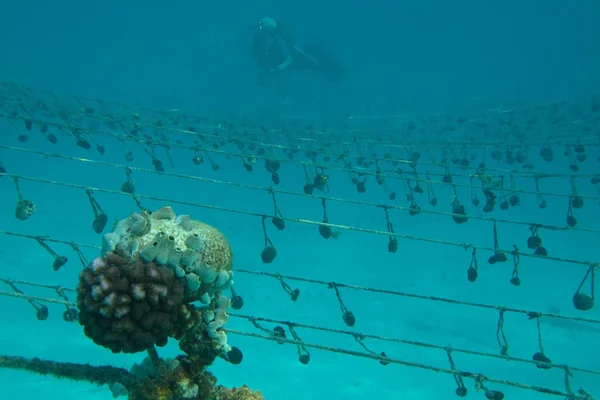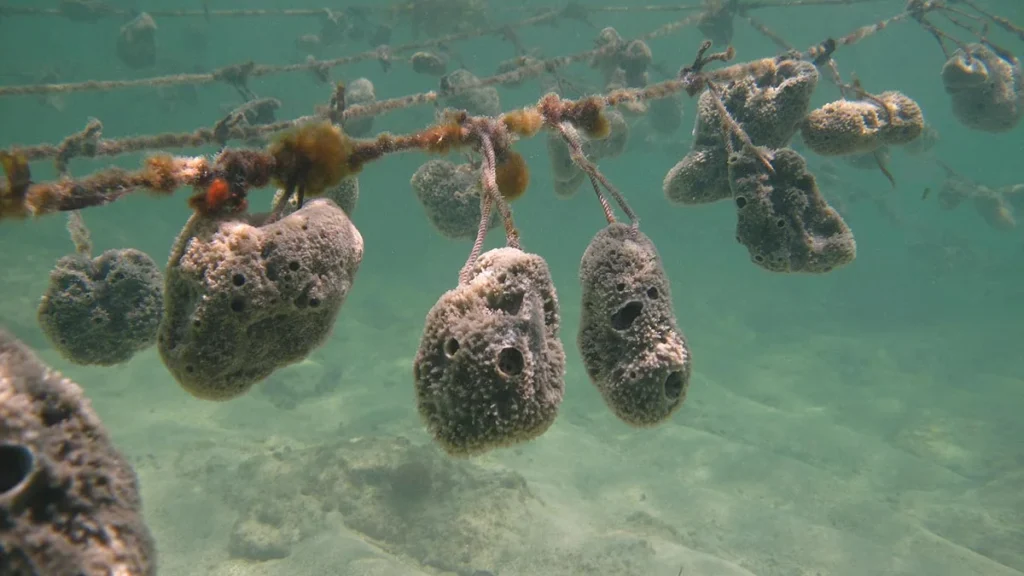Amidst the challenges posed by climate change on seaweed farming in Zanzibar, a shift towards sponge farming has empowered women, offering financial independence and environmental sustainability.
About the Sponges:
- The Sponges are simple multicellular aquatic animals belonging to the phylum Porifera.
- They have a porous body structure and play a crucial role in marine ecosystems, contributing to nutrient cycling.
- Some sponges, like corals, are immobile aquatic invertebrates, but many of them have distinct anatomy, feeding methods, and reproductive processes.
- Inside the sponge, tiny hairlike structures called flagella create currents to filter bacteria out of the sponge’s cells and trap food within them.
- It has strong skeletal structures that help sponges withstand the high volume of water that flows through them each day.
Corals vs Sponges:
- Corals are complex, many-celled organisms, while sponges are very simple creatures with no tissues.
- All corals require saltwater to survive, while most sponges are found in the ocean, they can also be present in freshwater and estuaries.
Significance:
- They filter water, removes bacteria and other particles, thus helping to maintain water quality.
- They provide habitat and shelter for various marine organisms.
- Some sponge species can make carbon biologically available by excreting a form of “sponge poop” that other organisms feed on, thereby fuelling productivity throughout the ecosystem.
- Sponges protect the coral reef against extreme fluctuations in nutrient density, temperature, and light, benefiting the survival of other reef organisms.
Benefits of Sponge Farming:
- Sponges has remarkable resilience and ecological benefits and requires minimal maintenance with higher market prices.
- Hermaphroditic nature of sponges facilitates natural propagation, making sponge farming financially viable with minimal resources.
- A hermaphrodite is an organism that has both male and female reproductive organs.
- Sponges has become a source of income for women facing the adverse impacts of climate change on seaweed farming.
Ref: Source
| UPSC IAS Preparation Resources | |
| Current Affairs Analysis | Topperspedia |
| GS Shots | Simply Explained |
| Daily Flash Cards | Daily Quiz |



